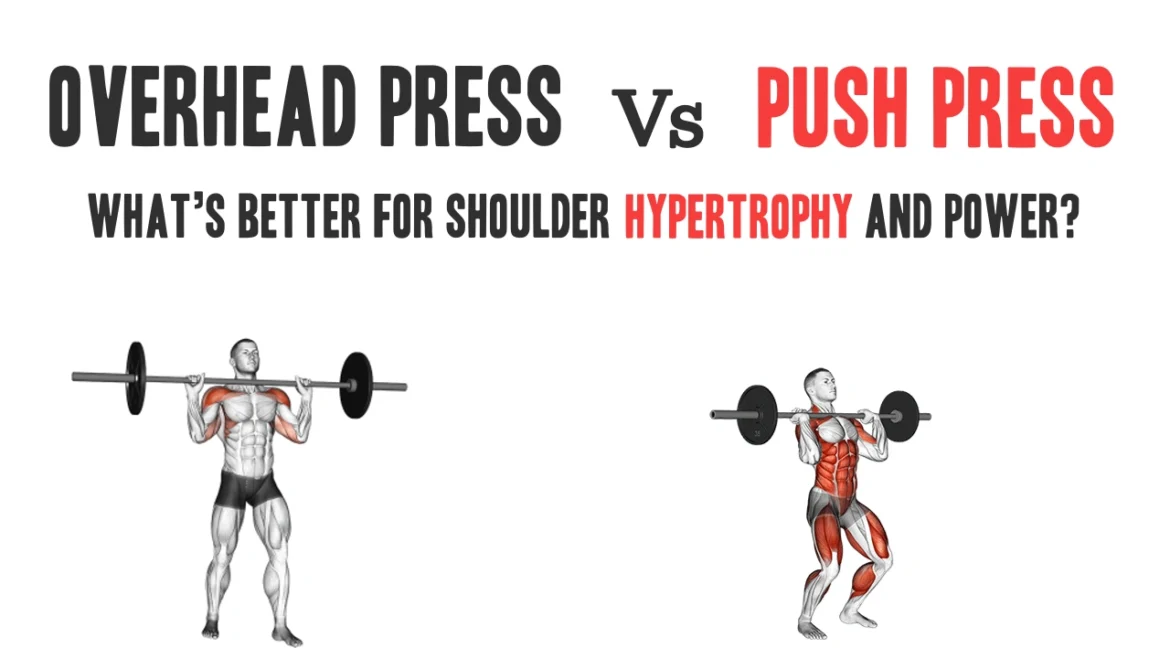When it comes to building strong, well-developed shoulders, few exercises match the effectiveness of the overhead press and push press. While they may look similar at first glance—both moving a barbell from the shoulders to overhead—their training stimulus is distinctly different. The overhead press emphasizes muscular control and hypertrophy, whereas the push press leverages explosive power and total-body drive.
This article delves into a detailed comparison of the Overhead Press and the Push Press, examining their mechanics, muscle activation patterns, and ultimately, which exercise reigns supreme for maximizing shoulder hypertrophy and power.
What Is the Overhead Press?
The overhead press, often referred to as the military press, involves pressing a barbell from the shoulders directly overhead using no momentum from the legs. All movement is generated by the upper body, and the lift is typically performed in a standing position, requiring rigid core engagement and scapular control.
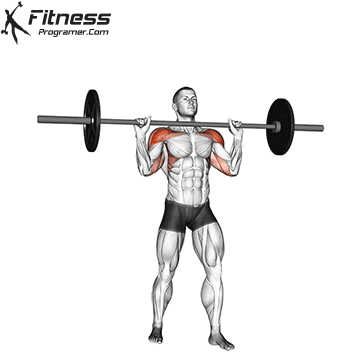
Muscle Emphasis:
- Anterior Deltoid: Primary mover
- Lateral Deltoid: Secondary contribution
- Triceps Brachii
- Upper Trapezius and Serratus Anterior (for stability and upward scapular rotation)
Hypertrophy Benefits:
- High time under tension, maximizing mechanical loading on the deltoids
- Greater isolation of shoulder musculature due to the absence of leg drive
- Ideal for progressive overload, especially in hypertrophy-oriented programs
- Promotes joint integrity, core stability, and overhead mobility
What Is the Push Press?
The push press is a dynamic overhead movement that begins with a shallow dip and drive of the hips and knees, transferring force from the lower body into the barbell to assist the pressing motion. While it allows heavier loads to be lifted, it reduces the muscular isolation of the shoulders.
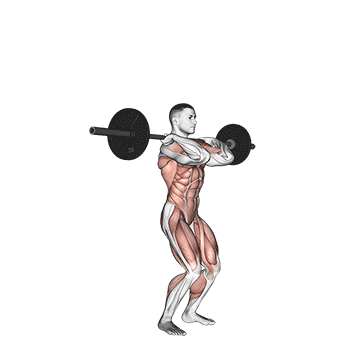
Muscle Emphasis:
- Similar upper-body muscles to the overhead press
- Significant recruitment of the quads, glutes, and calves during the drive phase
- Less consistent deltoid loading due to momentum-assisted acceleration
Power and Strength Benefits:
- Enables heavier loading, enhancing neuromuscular recruitment
- Develops rate of force development and explosive strength
- Useful in athletic training programs for dynamic upper-body power
- Beneficial for contrast training blocks (e.g., heavy push press + explosive med ball throws)
Hypertrophy vs. Power: Key Training Variables Compared
| Training Variable | Overhead Press | Push Press |
|---|---|---|
| Time Under Tension | High | Moderate to Low (due to speed) |
| Shoulder Isolation | High | Moderate (shared with leg drive) |
| Load Potential | Moderate | High |
| Explosiveness | Low | High |
| Repetition Control | High (slower tempo) | Moderate (momentum-assisted) |
| Best For | Hypertrophy, control, joint stability | Power, overload, athletic carryover |
Although the push press allows for greater external loads, those loads are partially absorbed by the kinetic chain—especially during the initiation of the movement—resulting in less deltoid activation per rep compared to the overhead press.
Which Builds Bigger Shoulders?
For muscle growth, the overhead press is superior due to its longer time under tension and the deltoid’s increased workload throughout the entire range of motion. The push press, while allowing for heavier weights, shifts some of that work to the lower body and shortens the period of active shoulder tension.
That said, the push press is not useless for hypertrophy—especially when used as a supplementary lift following overhead press to overload the neuromuscular system or when introducing variety for experienced lifters.
Which Develops More Shoulder Power?
When the goal is maximizing overhead force and explosive shoulder strength, the push press clearly outperforms the overhead press. The leg drive allows athletes to lift more weight with speed, making it ideal for sports performance and Olympic lifting preparation.
The push press improves coordination across the kinetic chain and enhances rate of force development, which is key in explosive athletic movements like throws, tackles, and jumps.
Programming for Maximum Results
For Hypertrophy:
- Overhead Press: 3–5 sets of 6–12 reps
- Focus on tempo (2–3 seconds eccentric) and deload weeks every 4–6 weeks
- Superset with lateral raises or rear delt work for full shoulder engagement
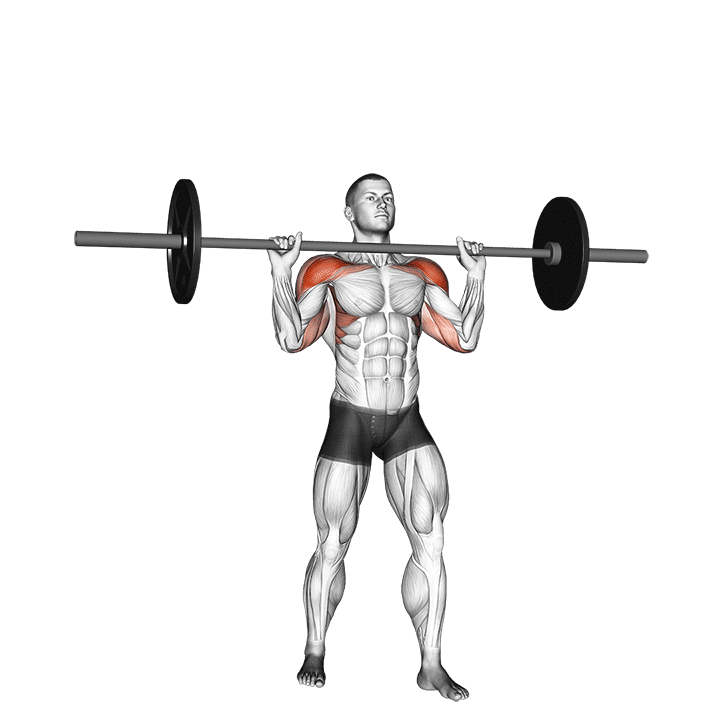
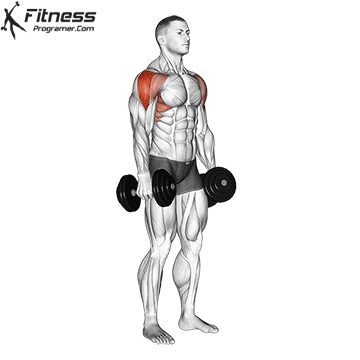
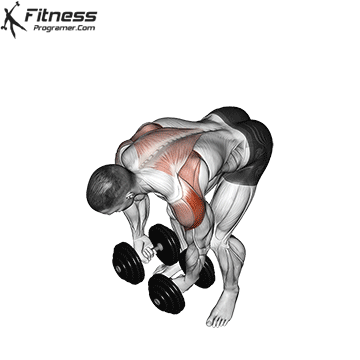
For Power and Strength:
- Push Press: 4–6 sets of 3–5 reps with heavier loads
- Incorporate as a main lift on upper-body power days or as part of a contrast set
- Pair with wall ball or medicine ball throws for maximal effect

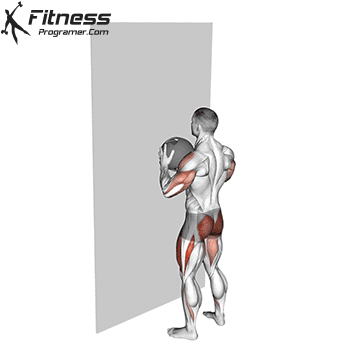
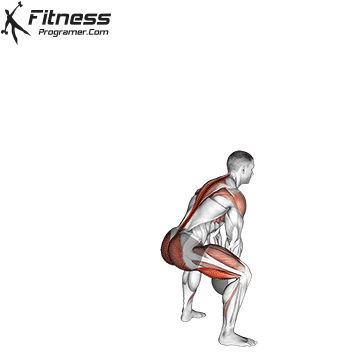
Combination Strategy:
- Overhead Press: 3 sets of 8 reps
- Push Press: 3 sets of 4 reps (heavier, fast intent)
- Isolation finisher: Cable lateral raises or machine press drop set
Common Technical Mistakes
- Using leg drive during the overhead press unintentionally turns it into a push press and reduces deltoid engagement
- Excessive lumbar extension compromises spinal safety and dilutes shoulder loading
- Overemphasizing push press in beginner hypertrophy routines can slow aesthetic progress
- Neglecting tempo and time under tension in both lifts reduces hypertrophic outcomes
Conclusion
The overhead press and push press serve different but complementary roles in a strength training program. For those seeking greater shoulder size and shape, the overhead press is the more efficient tool due to its mechanical isolation and hypertrophy-focused stimulus. In contrast, the push press is ideal for developing explosive shoulder strength and full-body power, especially in athletes and advanced lifters.
Strategically combining both lifts—depending on your training phase and goals—can yield impressive gains in both muscle mass and performance.
References
- Schoenfeld, B. J. (2010). The mechanisms of muscle hypertrophy and their application to resistance training. Journal of Strength and Conditioning Research, 24(10), 2857–2872.
- Behm, D. G., & Sale, D. G. (1993). Velocity-specific training response. Journal of Applied Physiology, 74(1), 359–368.
- Saeterbakken, A. H., et al. (2020). Comparison of strict and push press on shoulder muscle activation and power output. Journal of Human Kinetics, 73, 183–192.
